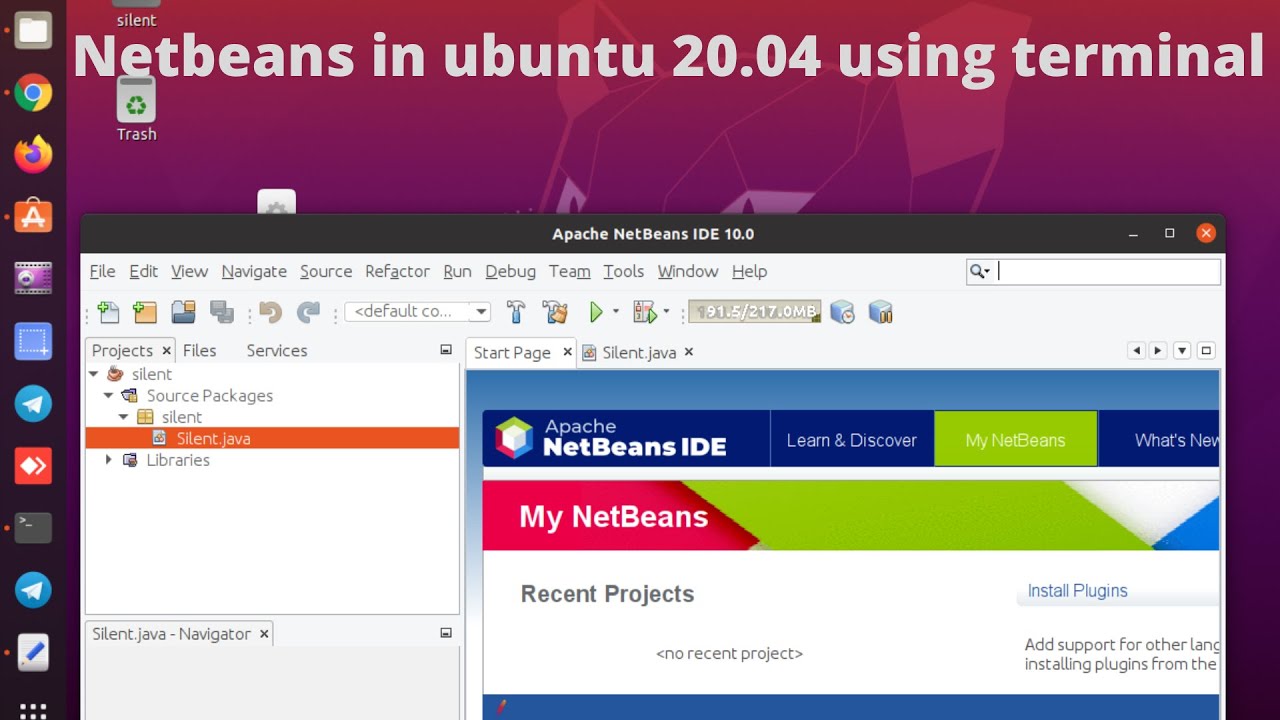

Files on this USB device will be erased, so backup the files you want to keep before making the device bootable. If the iso file is smaller than 2 GB, it is possible to use a 2 GB USB device, at least with some of the methods. To create a USB installation device, you will need:Ī 4 GB USB flash device/drive/stick. Note: This article uses the term "USB flash drive" alongside USB stick, USB drive, USB device, USB pendrive and thumb drive. UNetbootin, may create slightly different boot drives or if on UEFI might not work at all with Debian iso files due to a bug It will show the language selection and then the install menu, from which you can install Ubuntu onto the computer's hard drive or launch the LiveCD environment. Also, you can configure Ubuntu on the USB flash drive to save changes you make, unlike a read-only CD/DVD disk.īooting from a USB flash drive created with usb-creator alias Startup Disk Creator and mkusb will behave just as if you had booted from the install CD. This may be necessary for most new portable computers without DVD drives and is handy for others because a USB flash drive is so convenient. Ubuntu can be installed from a USB flash drive. See also: Installation/FromUSBStickQuick for beginners starting from Windows.


Creating a bootable Ubuntu USB flash drive from Windows.


 0 kommentar(er)
0 kommentar(er)
